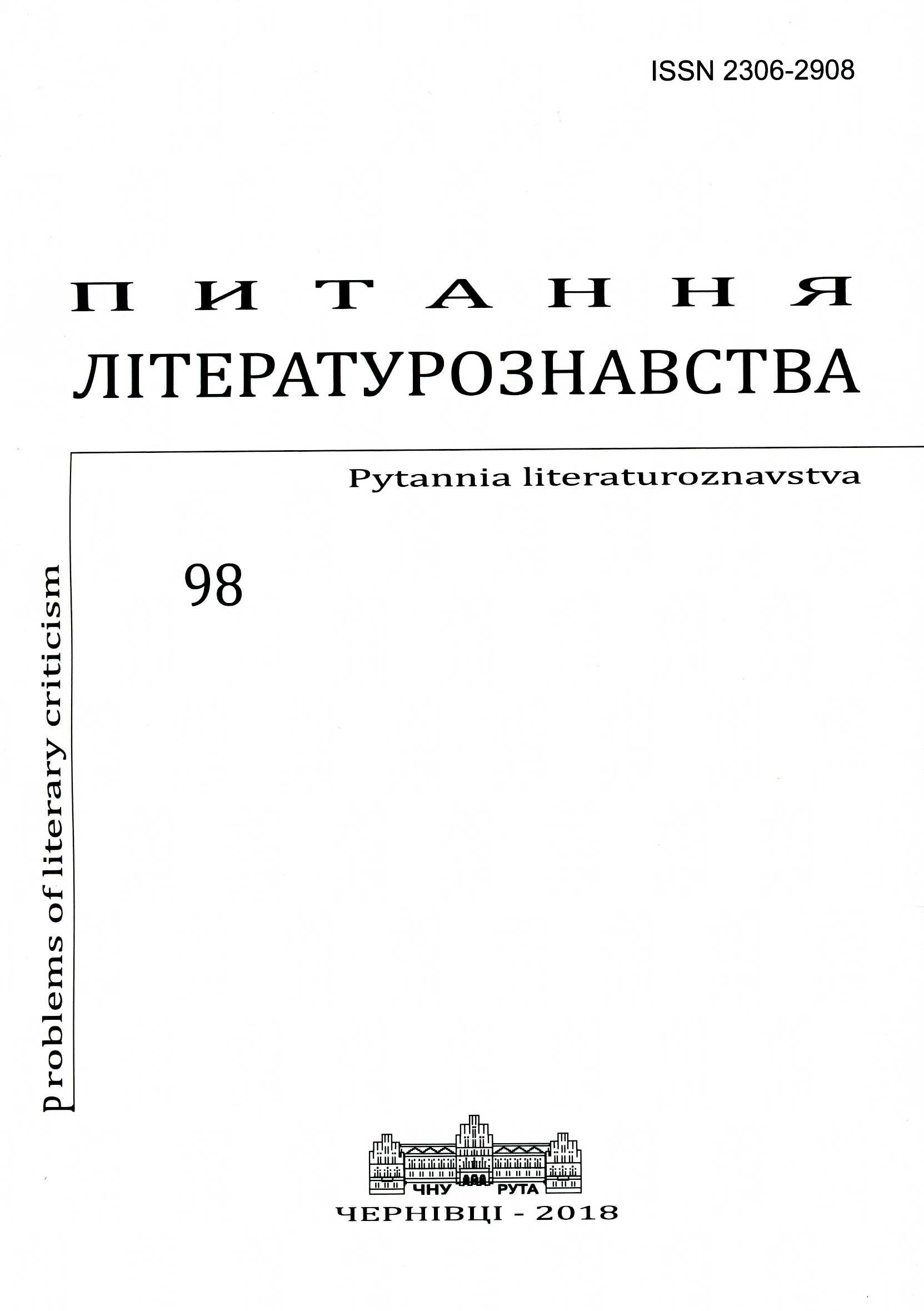“Далеке дзеркало”: 1618–2018 – відгомін Тридцятилітньої війни в новітній німецькомовній літературі
“Distant Mirror”: 1618–2018 – the Echo of Thirty Years’ War in New German-Language Literature
Author(s): Svitlana MacenkaSubject(s): Language and Literature Studies, Studies of Literature, Modern Age, Recent History (1900 till today), German Literature
Published by: Чернівецький національний університет імені Юрія Федьковича
Keywords: Thirty Years’ War; war as “distant mirror”; belles-lettres about Thirty Years’ War; narrativization of history; Monika Maron; Daniel Kehlmann;
Summary/Abstract: The article is dedicated to the historical phenomenon of Thirty Years’ War in its literary interpretation. This historical event remains an important component in the collective cultural memory of Germans. Thirty Years’ War is still considered one of the most brutal wars in German history. In connection with its 400th anniversary, relevance is given to historical researches in which the Thirty Years’ War is presented as a “distant mirror” which enables a better understanding of conflicts and threats to modernity. In this context the proposed study treats literary sources about Thirty Years’ War as an original artistic phenomenon with profound history and specific interpretation of this historical event depending on a certain age. Naturally, the baroque period of this literature stands out – till this day our idea of the catastrophe of Thirty Years’ War is shaped by such works as Simplicius Simplicissimus by H. J. C. von Grimmelshausen or the sonnet ‘Tears of the Fatherland’ by Andreas Gryphius. Baroque literature was exceptionally political, raising the problems of religion, propaganda, refugees, relations between the government and its subjects, between civilians and the army men. It told about the fight for public opinion which was conducted using all possible publicist and literary means, “about the superior right to interpret an event” which confirmed a well-known statement that the first casualty of War is Truth. However different “the individual truths” about the war were of those whose statements were recorded in literature, Grimmelshausen’s statement about the war as “a terrible and merciless beast” remains the most important. All texts about Thirty Years’ War have a different expression of the same characteristics – embodiment of the esthetics of murder and different forms of violence. That is why in the research the Thirty Years’ War is perceived as a significant historical and literary experiential model which enables direct cognitive access to modernity which is proven by such novels as Munin or Chaos in the Head („Munin oder Chaos im Kopf”, 2018) by Monika Maron and Daniel Kehlmann’s Tyll („Tyll”, 2017). Contemporary novels are analyzed through the prism of history textualization theory which erases the borders between historiography and artistic literature. As a result, it is claimed that in these works Thirty Years’ War is presented as a textualized network of connections which enables construction of historical experience. Yet, it is discovered that a person is unable to learn from history. The only ironic lesson is the creative position “chaos in the head” and “fool” as a survival strategy.
Journal: Питання літературознавства
- Issue Year: 2018
- Issue No: 98
- Page Range: 120-141
- Page Count: 22
- Language: Ukrainian

